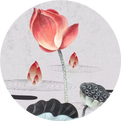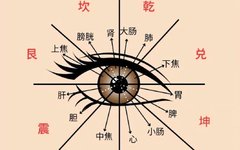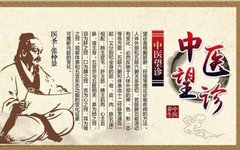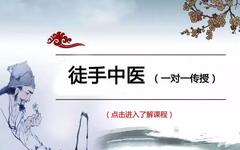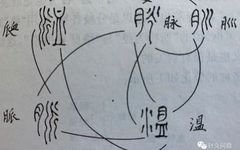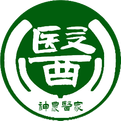Comprehensive Guide to Holographic Observation Diagnosis (Recommended for Collection)
Facial observation diagnosis is a part of the essence of TCM theory developed over thousands of years, and is one of the four diagnostic methods in TCM: observation, listening, inquiry, and palpation. A healthy person’s face should be clean, with a rosy and shiny complexion. Newborns typically have clean faces; however, as time passes and … Read more

